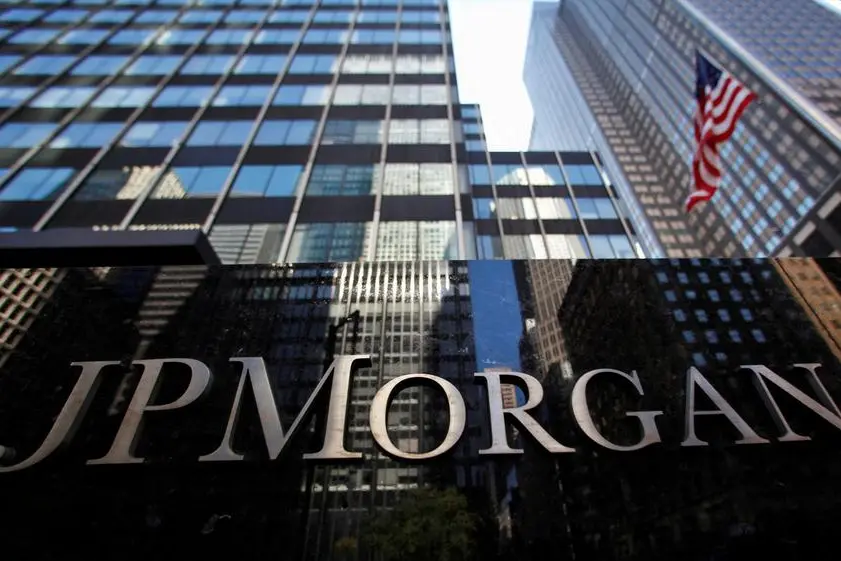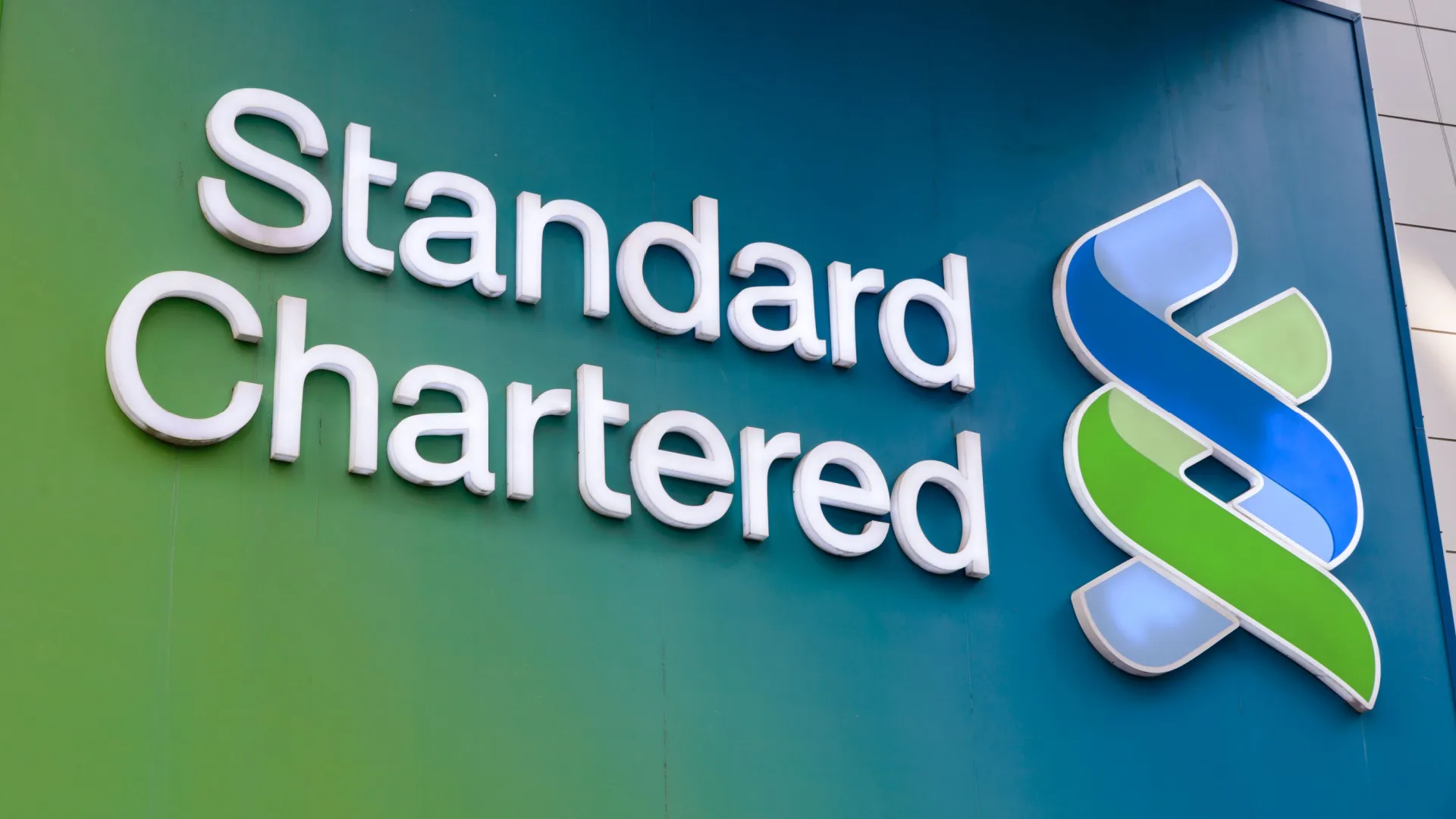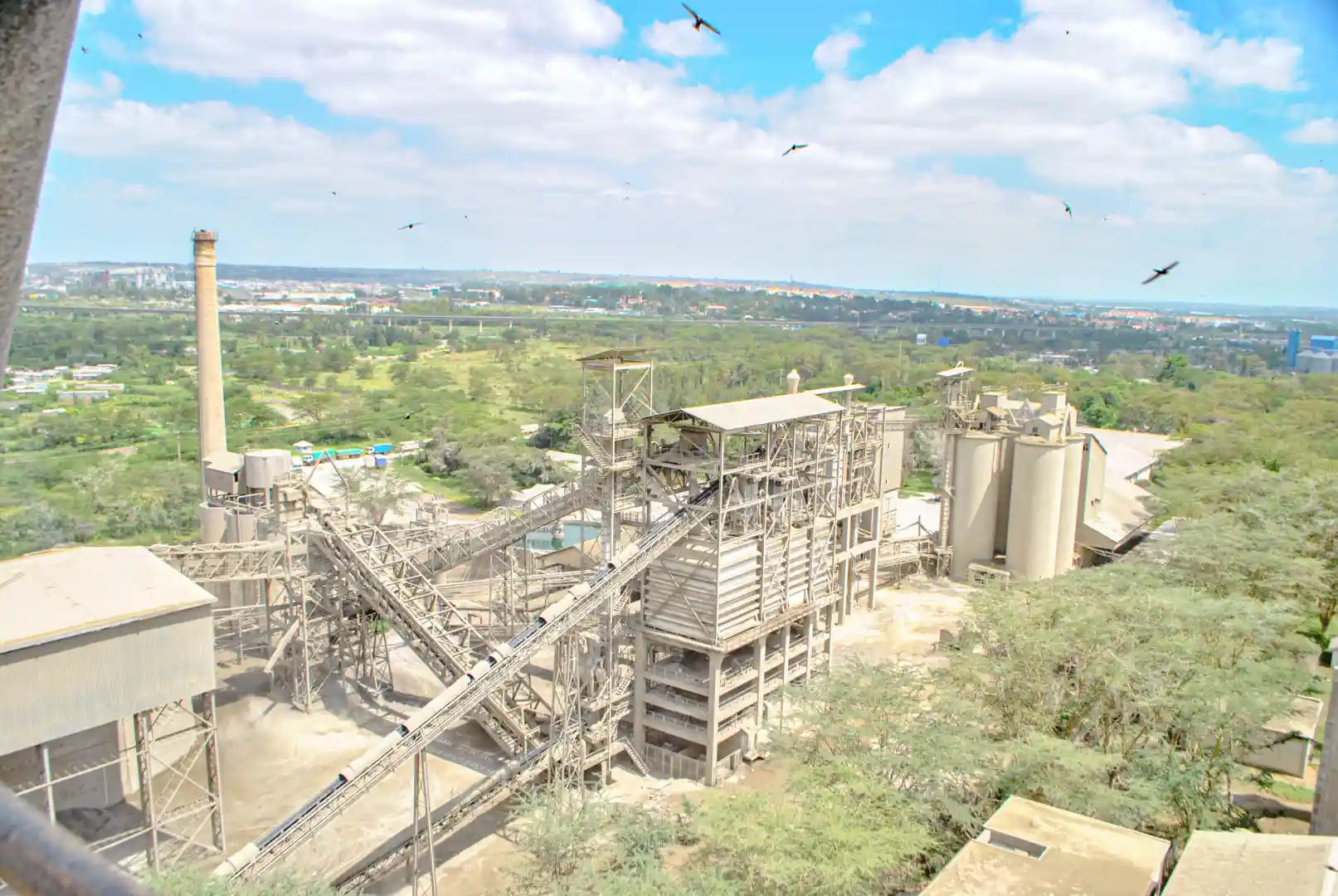In early May 2025, global markets were rattled when JPMorgan Chase issued a $200 million margin call against Angola’s $1 billion loan facility, arranged as a Total Return Swap (TRS) last December. That request for additional collateral—triggered by a sudden drop in the price of Angolan government dollar bonds used as security—thrust the oil‐rich nation’s precarious public finances into the spotlight and underscored a wider debt crisis enveloping the African continent Reuters.
Africa’s Debt Mountain
Africa’s total public and publicly guaranteed debt has surged to more than $1.8 trillion, according to a 2022 United Nations Conference on Trade and Development report. While this figure represents only a fraction of global sovereign debt, the rate of increase—183 percent since 2010—far outpaces the continent’s GDP growth and has raised alarm bells about future debt sustainability UN Trade and Development (UNCTAD). The African Development Bank corroborates this, reporting that external debt alone climbed from $1.12 trillion at end‑2022 to $1.15 trillion by end‑2023, with African governments now spending an estimated $163 billion on debt service this year—nearly triple what they paid in 2010 African Development Bank Group.
Three Sovereign Defaults
Since 2020, three African nations have formally defaulted on external obligations. Zambia became the first to miss a coupon payment in November 2020, triggering a drawn‑out restructuring under the G20 Common Framework. Chad followed in January 2022 by securing a tentative agreement under the same framework, while Ghana entered selective default in January 2023 after suspending payments on its Eurobonds amid economic turmoil. Together, these high‑profile failures illustrate the growing strain on fiscally stretched governments unable to refinance maturing bonds at sustainable rates BusinessLIVEFinDevLab.
The Angola TRS Deal
Angola’s ingenious yet risky TRS structure was designed to circumvent conventional borrowing constraints and avoid officially recording additional sovereign liabilities. In December 2024, the Angolan government issued $1.9 billion in dollar‑denominated Eurobonds and immediately used them as collateral in a one‑year TRS with JPMorgan. Through the swap, Angola effectively borrowed $1 billion in two tranches—$600 million and $400 million—at interest rates roughly 150–200 basis points above its existing bond yields, without increasing its headline debt figures. Instead, the swap counterparty assumed the market‑price risk on the bonds in exchange for a financing fee Reuters.
Margin Calls Under Sell‑Off Pressures
When U.S. President Donald Trump announced sweeping new tariffs on April 2, markets sold off risky assets globally. Angola’s 2030 Eurobond—the main collateral underpinning the TRS—plummeted from par (100 cents on the dollar) to a low of 86 cents before recovering to 95 cents. Under the TRS terms, such price declines triggered a margin call requiring Angola to top up security or face early termination of the facility. The $200 million call was met immediately, with Finance Minister Vera Daves de Sousa declaring that “we were ready to present the money. I think it’s a strong sign” aimed at reassuring markets ReutersAfrican Development Bank Group.
Hidden Liabilities and Fiscal Strain
While the swap obscured the borrowing from official debt tallies, it did not mitigate the underlying need to service the funds. Angola now faces not only higher financing costs but also renewed scrutiny from credit rating agencies. Standard & Poor’s and Moody’s both warn that unconventional “off‑screen” borrowings can mask true debt burdens and risk sudden refinancing strains if market sentiment turns. Local think‑tank OPSA estimates that half of Angola’s 2025 budget is now earmarked for debt servicing, leaving little room for social spending or infrastructure investment Reuters.
Impact on Social Services
Angola’s debt pressures have translated into deep cuts in essential public services. Since 2015, government expenditure on health, education and social protection has declined by approximately 55 percent in real terms, according to London‑based campaign group Debt Justice. Clinics report shortages of medicines, and school enrolment—particularly in rural provinces—has stalled as families shoulder more of the education costs. “We’re seeing a generation at risk of being left behind,” warns Tim Jones, Debt Justice’s policy director Reuters.
Oil Revenues Under Pressure
The TRS deal was predicated on robust oil export revenues, which traditionally fund up to 90 percent of Angola’s government receipts. Yet global oil prices remain volatile: Brent crude averaged around $75 per barrel in early 2025, down from highs above $100 in 2022. Price fluctuations directly affect Angola’s capacity to roll over existing debt and meet new obligations. With limited fiscal buffers and dwindling foreign‑exchange reserves, even modest oil price dips can spell major budget deficits. Some analysts estimate Angola needs Brent prices to stay above $80 to balance its budget—a level it has only sporadically achieved in recent months ISS AfricaReuters.
Beyond Angola: A Regional Trend
Angola is not alone in resorting to bespoke financing. Senegal, Gabon and Cameroon have all privately placed Eurobonds or structured bilateral swaps over the past year, often at yields 100 basis points higher than comparable sovereign issuances. For example, Senegal’s $750 million private placement in late 2024 carried a coupon nearly 100 basis points above its 2031 Eurobond, pushing up its debt‑service costs just as fiscal revenues lag. These deals highlight how constrained access to conventional markets is forcing B‑rated and lower‑rated sovereigns into more expensive capital‐raising arrangements ReutersUN Trade and Development (UNCTAD).
The Rise of “Off‑Screen” Financing
Analysts at Standard Chartered predict that “off‑screen” structures—ranging from TRSs to collateralized loan obligations—will proliferate if market access remains limited for frontier‑market issuers. Such deals can be booked to special‑purpose vehicles or withheld from official debt statistics, offering short‑term relief but carrying the risk of sudden margin calls or cross‑defaults. Samir Gadio, head of Africa strategy at Standard Chartered in London, warns: “If there is a market shock, these margin calls could become a burden not just for Angola but for any government using similar instruments” Reuters.
IMF Engagement and Policy Options
In response to the margin‑call drama, Angola’s government has engaged the International Monetary Fund (IMF) for a potential standby or Extended Fund Facility arrangement. IMF staff were in Luanda in May 2025 to discuss terms. While details remain under wraps, any program is likely to demand fiscal consolidation, improved transparency of state‑owned enterprises and a comprehensive debt‑management strategy that includes “off‑screen” obligations on balance sheet WSJ.
African Financing Stability Mechanism
Meanwhile, African Union leaders are moving to establish the African Financing Stability Mechanism (AFSM), a continent‑wide safety net modeled after Europe’s ESM. Spearheaded by Angola during its AU chairmanship, the AFSM aims for an initial $3 billion capital base—20 percent funded by non‑African shareholders—and could purchase bonds or provide guarantees to ease liquidity crunches. The AFSM is projected to save up to $20 billion in debt servicing costs over the next decade, but must navigate political hurdles and secure AA‑rated funding to be effective Reuters.
Debt Transparency and Governance
Experts emphasize that greater transparency—and not just innovative financing—remains crucial. A December 2024 Afreximbank report found that while Africa’s debt‑to‑GDP ratio peaked at 68.6 percent in 2023, an over‑reliance on commercial debt and lack of public scrutiny threaten sustainability. The report calls for standardized reporting of all contingent liabilities, including currency swaps and commodity‑backed loans, to avoid hidden exposures. Only with full disclosure can parliaments and citizens hold governments accountable for debt decisions media.afreximbank.com.
Social and Economic Consequences
High debt burdens and costly borrowing crowd out public investment in infrastructure and social sectors. The African Development Bank estimates that Africa faces an annual financing gap of $181–$221 billion for essential infrastructure through 2030, and an additional $213 billion per year to address climate change. With scarce domestic resources and limited concessional financing, many governments have little choice but to tap expensive private markets—exacerbating debt‐service pressures and delaying progress toward the Sustainable Development Goals African Development Bank Group.
The Human Cost
Behind the headline numbers lie real human impacts. In Cameroon’s far north, reliable electricity from a stalled transmission line project could have powered clean‑water pumps for displaced communities; in Gabon, a promised digital‑health network remains unbuilt for lack of funding; in Senegal, school‑feeding programs have been curtailed due to budget constraints. Each delayed project represents lost opportunities for education, health and economic empowerment, underscoring the stakes of unsustainable debt UN Trade and Development (UNCTAD).
Looking Ahead: Policy Imperatives
Policymakers and multilateral institutions agree on several priorities:
- Full debt transparency: Mandate disclosure of all public and contingent liabilities in budget documents.
- Strengthened debt‐management frameworks: Centralize decision‑making on new borrowing and regularly publish sustainability analyses.
- Expanded concessional financing: Scale up World Bank, AfDB and bilateral low‑interest funds for climate and infrastructure.
- Reformed global architecture: Revitalize the G20 Common Framework to expedite restructurings and include private‑sector alignment clauses.
- Regional safety nets: Operationalize the AFSM to provide pre‑emptive liquidity support in crises.
Without these measures, more governments will turn to complex deals like Angola’s TRS—temporarily staving off defaults but sowing the seeds of future crises ISPIAfrican Development Bank Group.
Conclusion
JPMorgan’s $200 million margin call on Angola’s TRS‑backed facility has laid bare a structural challenge facing many African nations: where conventional financing fails, unorthodox deals proliferate, often at high cost and hidden risk. With total debt soaring above $1.8 trillion, rising debt‑service ratios, and limited fiscal buffers, the continent must balance urgent development needs against the imperative of long‑term sustainability. Angola’s prompt payment of the call may have averted a market scare, but it does not solve the deeper vulnerability: reliance on expensive, opaque instruments that threaten to amplify rather than alleviate Africa’s new debt pains.
Ready to take your career to the next level? Join our dynamic courses: ACCA, HESI A2, ATI TEAS 7 , HESI EXIT , NCLEX – RN and NCLEX – PN, Financial Literacy!🌟 Dive into a world of opportunities and empower yourself for success. Explore more at Serrari Ed and start your exciting journey today! ✨
photo source: Google
By: Montel Kamau
Serrari Financial Analyst
9th May, 2025
Article, Financial and News Disclaimer
The Value of a Financial Advisor
While this article offers valuable insights, it is essential to recognize that personal finance can be highly complex and unique to each individual. A financial advisor provides professional expertise and personalized guidance to help you make well-informed decisions tailored to your specific circumstances and goals.
Beyond offering knowledge, a financial advisor serves as a trusted partner to help you stay disciplined, avoid common pitfalls, and remain focused on your long-term objectives. Their perspective and experience can complement your own efforts, enhancing your financial well-being and ensuring a more confident approach to managing your finances.
Disclaimer: This article is for informational purposes only and does not constitute financial advice. Readers are encouraged to consult a licensed financial advisor to obtain guidance specific to their financial situation.
Article and News Disclaimer
The information provided on www.serrarigroup.com is for general informational purposes only. While we strive to keep the information up to date and accurate, we make no representations or warranties of any kind, express or implied, about the completeness, accuracy, reliability, suitability, or availability with respect to the website or the information, products, services, or related graphics contained on the website for any purpose. Any reliance you place on such information is therefore strictly at your own risk.
www.serrarigroup.com is not responsible for any errors or omissions, or for the results obtained from the use of this information. All information on the website is provided on an as-is basis, with no guarantee of completeness, accuracy, timeliness, or of the results obtained from the use of this information, and without warranty of any kind, express or implied, including but not limited to warranties of performance, merchantability, and fitness for a particular purpose.
In no event will www.serrarigroup.com be liable to you or anyone else for any decision made or action taken in reliance on the information provided on the website or for any consequential, special, or similar damages, even if advised of the possibility of such damages.
The articles, news, and information presented on www.serrarigroup.com reflect the opinions of the respective authors and contributors and do not necessarily represent the views of the website or its management. Any views or opinions expressed are solely those of the individual authors and do not represent the website's views or opinions as a whole.
The content on www.serrarigroup.com may include links to external websites, which are provided for convenience and informational purposes only. We have no control over the nature, content, and availability of those sites. The inclusion of any links does not necessarily imply a recommendation or endorsement of the views expressed within them.
Every effort is made to keep the website up and running smoothly. However, www.serrarigroup.com takes no responsibility for, and will not be liable for, the website being temporarily unavailable due to technical issues beyond our control.
Please note that laws, regulations, and information can change rapidly, and we advise you to conduct further research and seek professional advice when necessary.
By using www.serrarigroup.com, you agree to this disclaimer and its terms. If you do not agree with this disclaimer, please do not use the website.
www.serrarigroup.com, reserves the right to update, modify, or remove any part of this disclaimer without prior notice. It is your responsibility to review this disclaimer periodically for changes.
Serrari Group 2025












